Captain Roger Woods - Chief Flight Instructor, US Training Academy
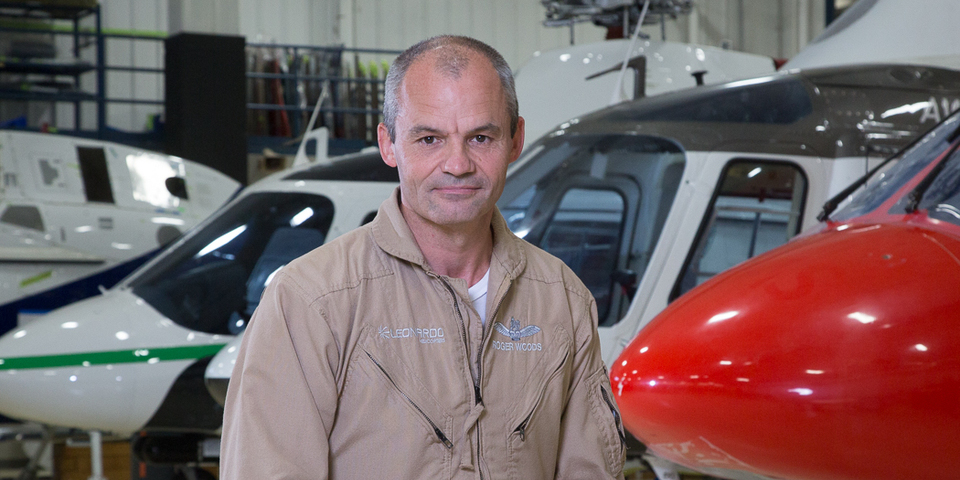
Tell us about your career path:
"At the start of my career, I was a military pilot with the British Army Air Corps. I spent 24 years in the military, and I count myself lucky to have flown all sorts of fixed-wing and rotary-wing missions ranging from VVIP charter to EMS, special operations to police surveillance, as well as having responsibility for basic and advanced flight instruction. I went on to spend time in Saudi Arabia working for BAE Systems as a fixed-wing instructor pilot teaching cadets in the Royal Saudi Air Force. I joined Leonardo here in Philadelphia in 2012 and today I head up our team of flight instructors. I should add that I’m the only Brit among them!"
What does your role involve?
"It’s a whole mix of things, including hands-on flight instruction of course. I really enjoy working directly with customers. So, for example I recently spent four months on site with Miami-Dade Fire Rescue providing maturity training for crews as they transitioned to their new fleet of AW139s. I’m also responsible for ensuring that our instructors are properly qualified, developing our training and operations manuals, and that we have standardised processes in place for all our activities."
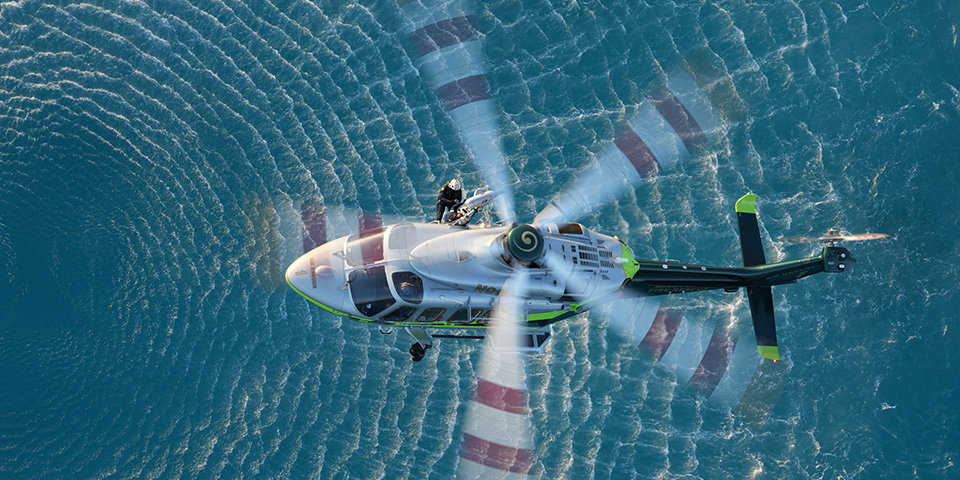
How has flight instruction changed in your time with Leonardo?
"Without question, the biggest change is technology. In the past 10 years the advances have been exponential. That’s reflected in the training solutions our customers can access here in Philadelphia. We opened our state-of-the-art Training Academy on campus in 2021. The range of ground, air and virtual training is second to none, with full flight simulators for the AW169 and AW139 based here. Philadelphia will also be home to training services for the AW609 tiltrotor. There’s also been a significant increase in the technology available to crews on board our helicopters to increase safety and reduce workload."
What makes for a strong relationship between instructor and student?
"You need to recognise that every student learns differently. Yes, there needs to be standardisation, but it’s important to adapt to the needs of each student. The art of instruction has also evolved a huge amount because of technology. Today’s aircraft are extremely capable, with a host of complex technologies on board. Crews need to fully understand the onboard systems and how they work, without becoming over-reliant on automation. So, it’s balancing act. It’s important to give the student the space to problem-solve, as long as it’s safe to do so."
What are your stand-out memories from your career?
"I will never forget being in Berlin when the wall came down. That would certainly be one indelible memory. The other would probably be the opportunity to travel – I’ve visited more than 100 countries, flying in dramatically different conditions, from ‘hot and high’ in Kenya to the extreme cold of Arctic Norway. And everything in between!"
Captain Ezio Oliva - Flight Instructor, Italy Training Academy
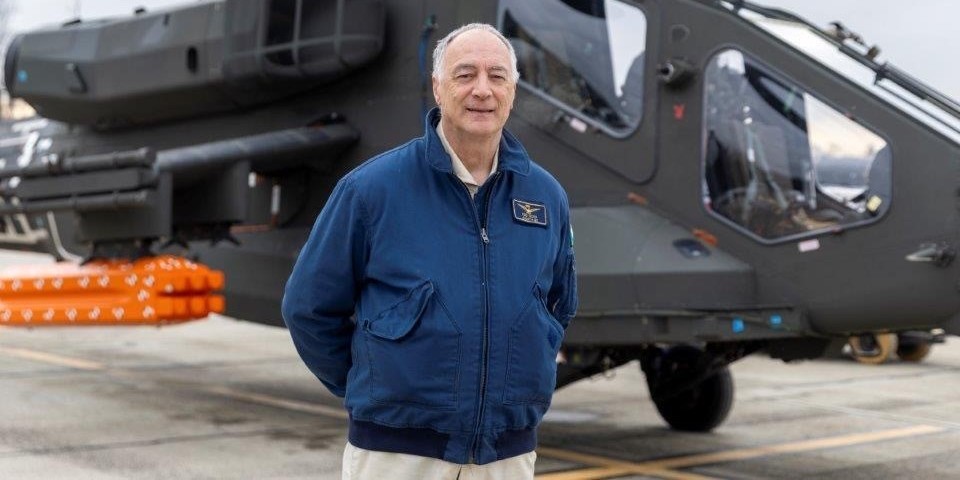
Tell us about your career path.
"2025 is a significant year for me because it is exactly 50 years since I became a pilot. I’m not sure where the time has gone, if I’m honest. I joined Italian Army Aviation in 1973 and qualified as a pilot two years later. I started off flying the Bell models including the 47, 204, 205 and 206, mostly performing EMS and civil protection missions.
"After leaving the military, I spent a year in Switzerland and then joined a company performing specialised operations in the Aosta Valley, the mountainous region in the northwest of Italy. Flying in the mountains is very demanding and you must respect the environment, but it’s also incredibly rewarding.
"In 2005, the opportunity came to join what was then Agusta and to take my flying experience in a new direction as a flight instructor. A whole new discipline for me."
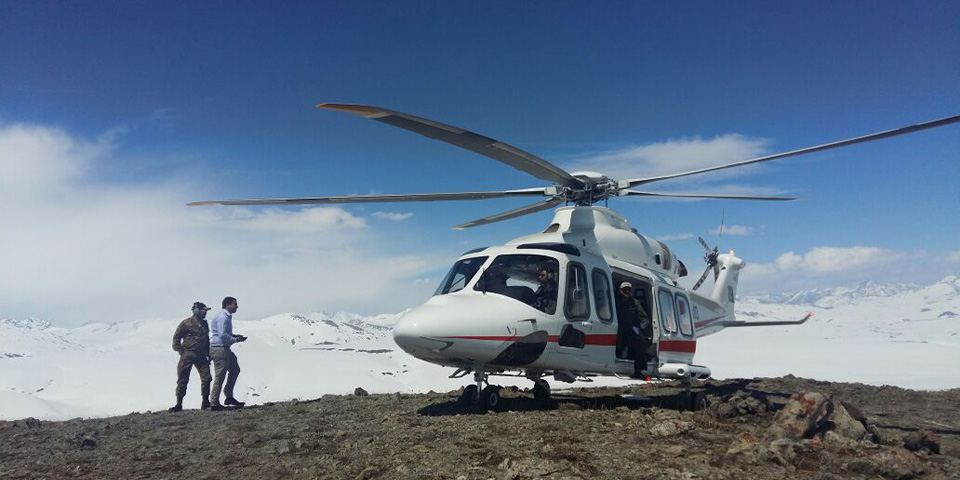
What does your role involve?
"My role has changed over the years. I’ve been involved in helicopter deliveries to customers in many different countries across the Middle East, Africa, and Asia. Some of my favourite memories include flying the AW119Kx in Nepal as part of certification flights up to 24,000ft, proving the great performance of the aircraft, as well as flying the AW139 in Pakistan at 20,000ft and performing a landing at 16,600ft close to K2. They were stunning landscapes, and it was a dream to fly there.
"More recently, in the past five years I moved from the flight line to the simulator line and around 70% of my time now is devoted to training students in the synthetic environment."
How has flight instruction changed in your time with Leonardo?
"Of course, technology has advanced a huge amount, but the fundamentals are the same. Whether in the simulator or conducting ‘live flying’, the most important thing in my view is to gain the confidence of the customer. This goes to the heart of a building a strong relationship between instructor and student. Every pilot learns a different way and so much depends on the individual – their aptitude, their level of motivation and how far they want to progress."
What are the stand-out memories from your career?
"Flying in the dramatic scenery of Nepal was amazing, and earlier this year I also enjoyed another unforgettable experience which was the opportunity to fly the AW249 for the first time. It was on January 17th – the exact date that I qualified as a pilot back in 1975. A present I will always remember!
"Flying has given me opportunities to learn about different ways of life, people and cultures, languages and religions. The mountains have been a constant feature in my career and my life away from work because many years ago I qualified as a ski instructor and then as an Alpine guide. I feel immensely lucky – I wouldn’t change a single day."
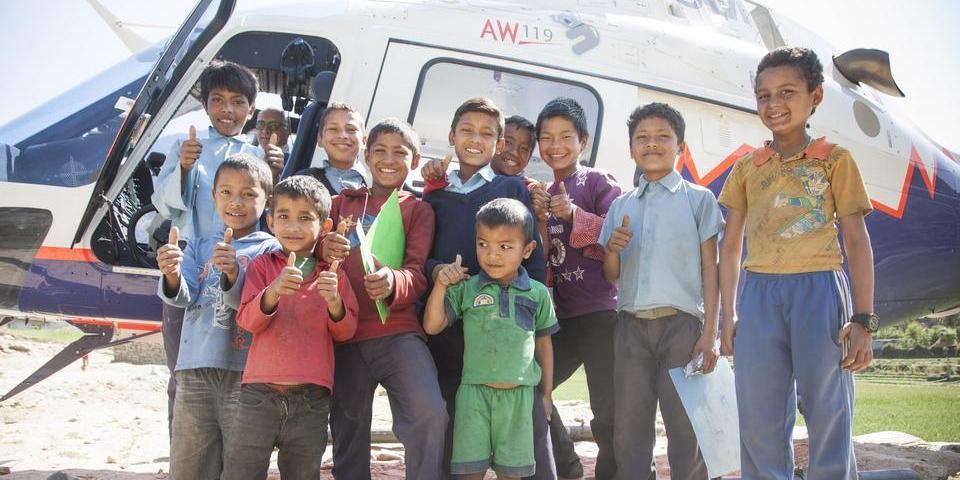
Visit the AW Vertical View homepage

